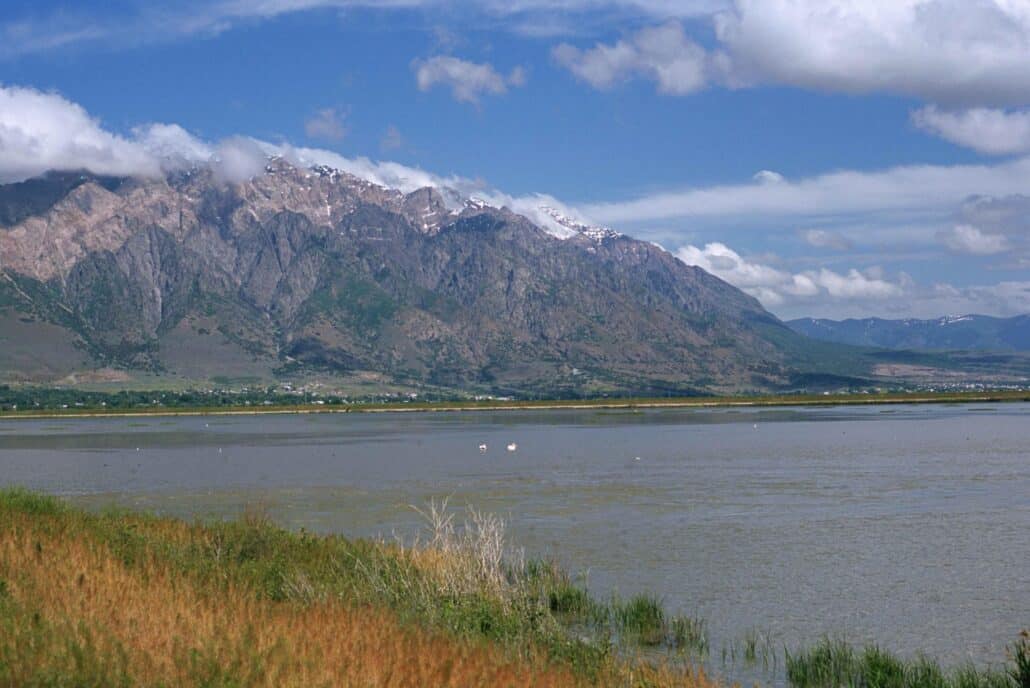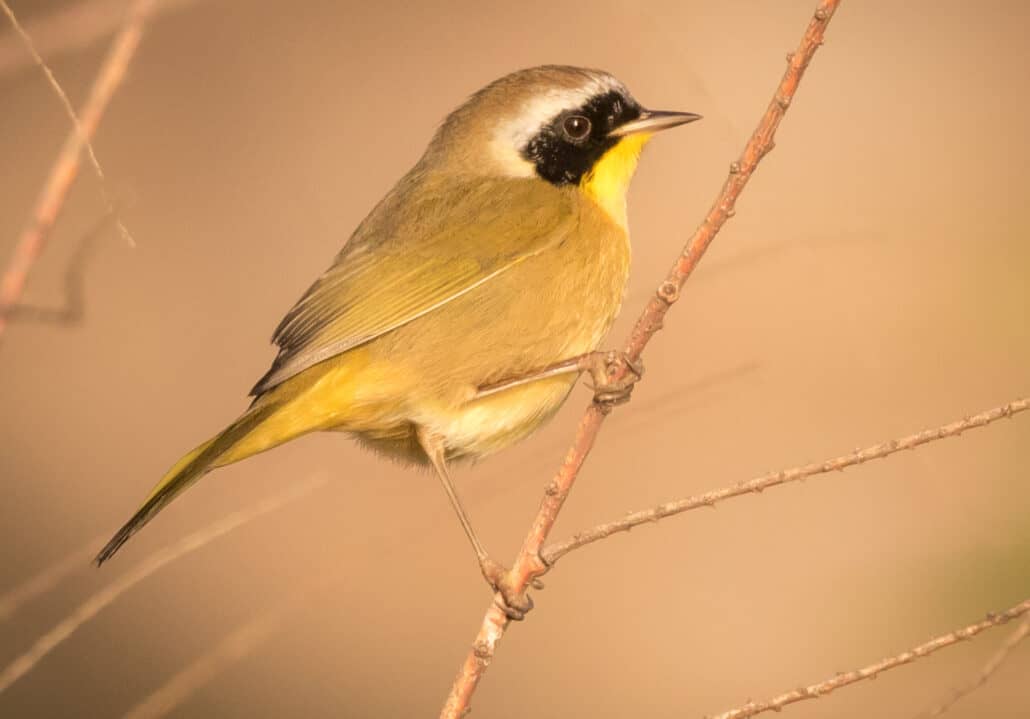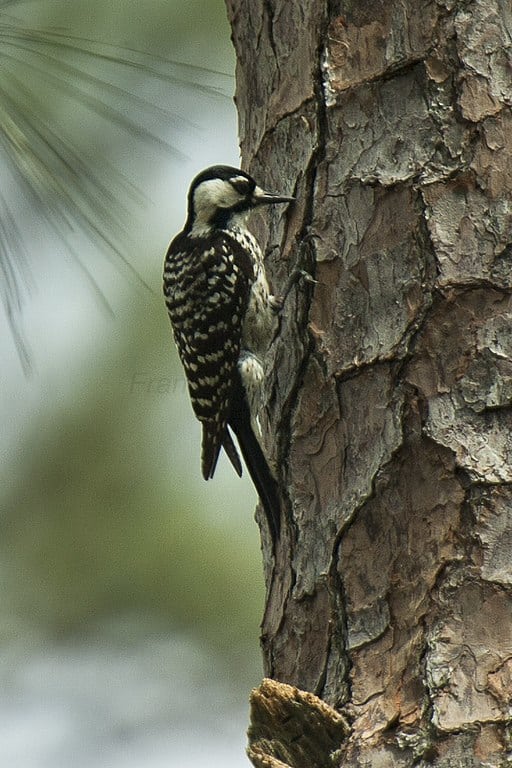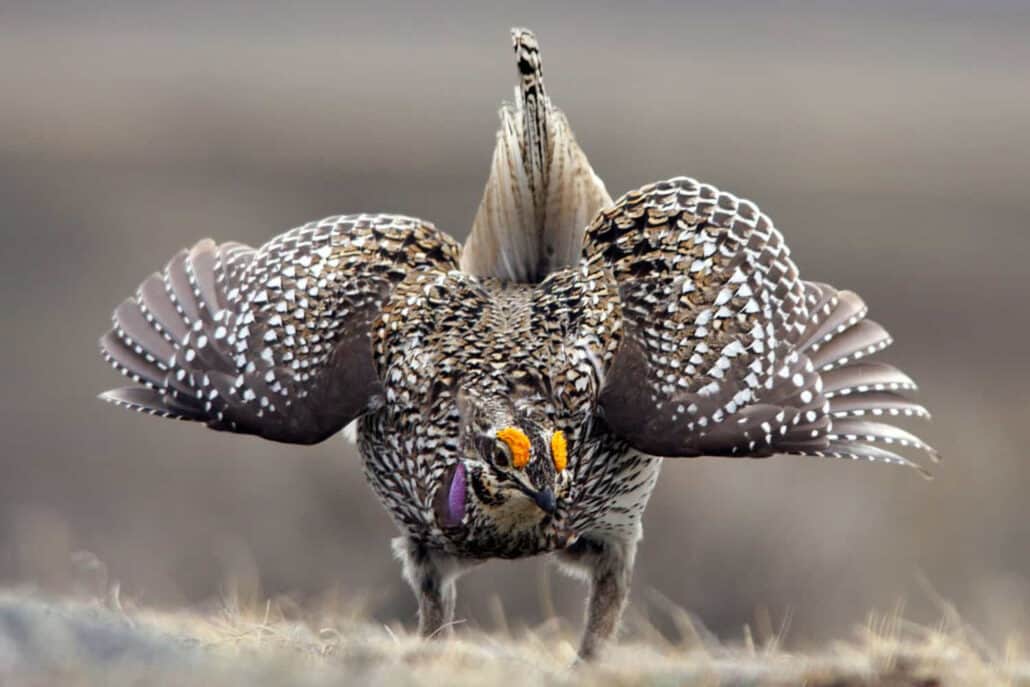A few years ago in a city park on a summer night I stood beneath a broad, big-leafed sycamore watching half a dozen small owls flutter about like moths. They were almost near enough to touch and were apparently unconcerned with me. I was enraptured by them, by the mystery of what they were doing there, and where they had come from.
I climbed the tree and sat a few feet out on a limb while they continued to move in a noiseless flurry from branch to branch. One pair sat quietly, eyes closed, just above my left shoulder. It was a balmy July night. The sounds and lights from the tennis courts, only a short distance away, spilled across the lawn to 30 within a few feet of the tree. Ten feet off the ground, in a shroud of leaves, surrounded by tiny, puffed-up owls, I would not have been seen by anyone passing directly underneath me and I could easily have been convinced at the moment that I was no longer in that world. A dreamlike half hour passed. The owls did not leave, but I did.
I have never learned what kind of owl I saw that night. Process of elimination — small, earless owl that might he in the Rocky Mountain West in July—suggests the flammulated owl. but I couldn’t be sure. In this case. digging through books after the fact was risky: The flammulated owl is considered “uncommon” to “rare,” and I did not make the crucial observation of whether the eyes were dark or yellow. And finally, I didn’t care. I am sometimes driven to want to know the names of things. To classify and explain them, an obedience to my years of schooling. Then I swing the other way and seem to want to refute all my “learning.” Lord knows I’ve had more than I ever set out to get. I was headed west, and the degrees were on the way. They came to me the way towns not on the map appear suddenly before you on a Sunday drive. This is not to say they came easily.
I did go west, literally, from Michigan to Utah. In 1972 1 had finished a somewhat overdue B.A. in English, worked a year as a printer, then applied for graduate school. I was a poet and wanted to be part of a creative writing program where 1 would get a degree for writing poems and be among a community of poets and artists. Little did I know. I ended up spending six years at the University of Utah in Salt Lake City on a teaching fellowship, mostly miserable with my new identity as teacher and fledgling scholar.
And so I went to Bear River, a place where open water is surrounded by marshland and mud flats that reach in every direction farther than I’ve ever cared to walk. The water level is controlled by a dam and a series of canals and is no more than three feet deep at any point. Thousands of acres of shallow water shimmer like a mirage, and the whole vision is made more staggering by the land around it, which, north, south, east, and west, is flat as a dime. It stretches away where the water leaves off, a continuous plane as perfect as those in the geometry books. The sense of distance is increased by two mountain ranges, the Wasatch rising to 10,000 feet 20 miles to the east, and the Promontory Mountains ten miles west at 7,500 feet.
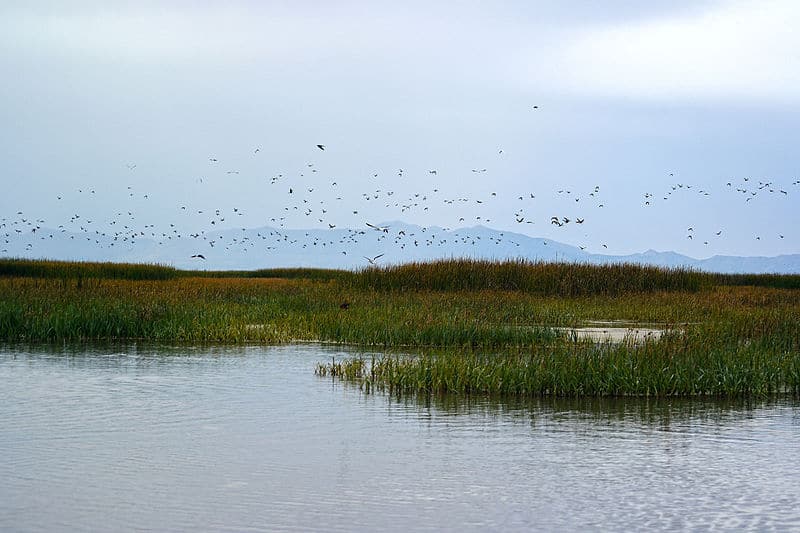
Bear River Migratory Bird Refuge, 64.895 acres under the control of the U.S. Department of the Interior (update: 74,000), is in fact an even larger expanse than that, and the birds of course do not recognize any boundaries. There are no fences, and the area has always seemed boundless to me as well. With clouds rolling over the valley, from the brink of one mountain range to the other, one can stand in the salt grass and feel the Earth rotating. Some days it is dizzying. Herds of clouds pass by, gray. strung-out. sailing in a high blue ether, the air so pure it rings. The tips of the mountains tilt as the clouds slip over them.
The first day I spent at the refuge in the late spring of 1973 was as much an accident as my night in the park with the owls. It was my first year in Utah, and my wife and I, without friends or family to visit, cast off our loneliness as best we could and took long Sunday drives. We drove into the mountains or through the small communities at the outskirts of Salt Lake City. One Sunday we looked at the map and noticed a bird sanctuary on the eastern shore of the Great Salt Lake. We drove north in mild sunny weather, but where the map showed a road leading to a bird sanctuary we could find nothing.
Disappointed, we drove on farther north. In Brigham City. To our surprise, an archway over the main street proclaimed it the gateway to the “world’s greatest game bird refuge.” At the end of the next block we turned west following smaller signs, and in five miles, the last houses behind us, we came to a marsh bordering the road. Several odd-looking birds, dark-bodied, long-legged, with down-curved bills, strode about in the shallow water. Two more came careening in off the wind before I could find the right page in my field guide— they were white-faced ibises. There were 10 or more that I could readily see, and when I put the binoculars to my eyes and panned a distant shine of water, I saw dozens more picking their way along the shore.
Excited, we drove on, cattails and bulrushes becoming increasingly predominant at the road edge. The narrow, paved road, flat and empty as far as we could see, led across mud flats dotted with salt grass, and then through grazing land for cattle where rough brown grasses concentrated. The mountains all the while loomed ahead of us, rising abruptly from the haze of the valley floor into the clear blue like those in a three-dimensional storybook.
We hadn’t gone half a mile when a snowy egret rose from the channel of water alongside the road and crossed in front of us. He would have seemed an apparition if his yellow feet had not dangled behind him. He settled on the other side of the road and watched us pass. Before we could think of stopping we saw three more egrets coasting down to the water 50 feet ahead.
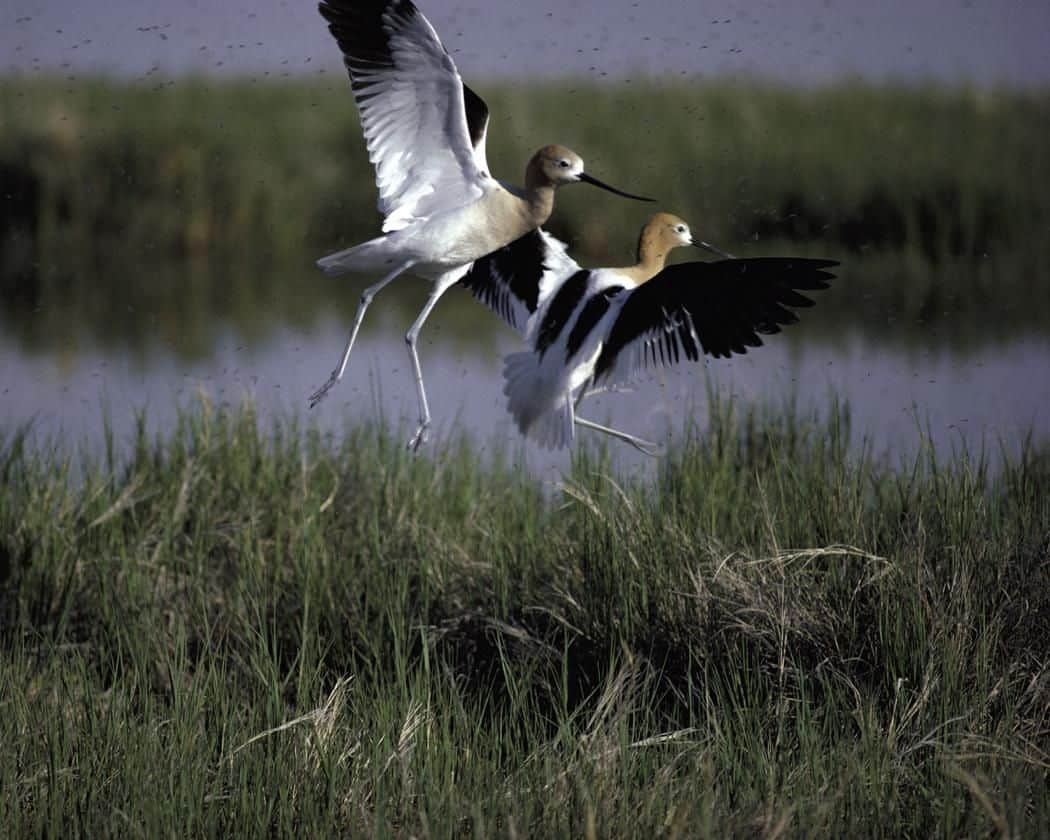
We drove on, three or four miles an hour for the remaining ten miles. More egrets flew up, then great blue herons lifted themselves ponderously off the ground, tucking in their necks as they shied away with the wind. Avocets roamed the shallowest puddles with black-necked stilts. Killdeer cried as they trotted over the pebbles and mud. Ducks were scattering everywhere at our approach, and a marsh hawk skimmed the tops of the cattails. Bear River, which we crossed three times, wound in and out of view. As we rattled over the cowcatchers on the bridges, swallows flurried about, busy with their chores around their upside-down mud adobe abodes on the bottom of the bridge.
Eventually we arrived at the end of the road, where there was a compound of buildings, the headquarters of the refuge. High above it, a single bird soared in widening circles on the warm air currents. He was white with black-tipped wings, and larger than an eagle. I was baffled until I entered the headquarters and learned that pelicans frequent the fresh waters of the refuge, flying 34 miles roundtrip each day from their rookery on Gunnison Island in the Great Salt Lake. Each year a few simply die of exhaustion. Two years later I was to find one lying at the edge of the water.
Bear River originates in the Wasatch mountains more than 200 miles to the south, flows north, comes out of the mountains not far from Brigham City, runs roughly parallel to the road leading into the refuge. and at the headquarters empties into a marsh delta with several thousand acres of open water, all of it draining into the Great Salt Lake. The refuge was established in 1928, partly as a research station to study and control botulism in ducks, which in the early 1900s left half a million birds dead on the shores of the Bear River delta. It is one of the few remaining areas in the United States where fall concentrations of birds occur “in flocks that resemble the descriptions by early explorers.” At any given time in early September there may be upward of a million birds in the area.
The ducks are most numerous. Pintails alone may number 500,000, green-winged teal nearly as many, and canvasbacks, 100,000. When the whistling (tundra) swans come through in November or December on their southward flight it’s not uncommon to have 15,000 stop over. I once saw 500 or more spread out over a mud flat a few hundred feet away. The air was chilly, but a pre-winter sun slanted in, warming them as they preened and gestured. In the still air, their nasal trumpeting carried well.
At the headquarters there is a small circular drive and a gravel parking lot, a bridge leading across the river to the buildings. and then a gravel road to the south that is the beginning of a 12-mile drive around one-fourth of the refuge. The gravel is built up two or three feet. One is in fact driving on a dike, sometimes separated from patches of water and canals by a stand of reeds and bulrushes; at other times one is conspicuously alone and alien in the car’s metallic shell, like a target in a shooting gallery, with acres of water on both sides. There are fewer than a dozen isolated clusters of small trees, mostly willows. The only large tree is on the riverbank five miles east of the headquarters. The herons ignore this and nest on the ground, where, it seems, with their gangling legs, they should be anyway.

The resident pair of ravens nests in the metal supports of one of three observation towers. Their nest, added onto each year, was nearly four feet across when the refuge employees took it apart three years ago to paint the towers. The swallows have another tower of their own in addition to the bridges. In the summer the marsh hawks claim the trees. By late fall they are re placed by rough-legged hawks, and then Swainson’s hawks, an occasional sharp-shinned, and quite often a golden eagle.
The first bald eagle I saw, during the second winter I visited the refuge, was perched appropriately in the only “real” tree, the one on the road leading in overlooking Bear River—a place to fish from, I thought. In winter the place is SO overrun with hawks and eagles every telephone pole along that road holds the silhouette of a big-shouldered bird atop it.
I drove to the refuge many times, often alone, usually during the week, when there were no other visitors. I began to know the place well, and I spent hours sprawled in the stiff salt grass, watching strings of ducks and geese pass overhead. Sometimes I burrowed into a stand of cattails and made a natural blind. One day in October, group after group of pintails flew very low over my head, unaware I was there until the last second, when they would swerve quickly toward the open water. They passed above me at nearly regular intervals of three or four minutes for an hour. I would hear them coming, their wingbeats a swift pulse, the sound arriving above me as if it had entered a funnel. I would see them for only a second before they swerved.
My form remained pressed into the spot where I lay for some time after I had gone. I walked away looking back over my shoulder as if it had something to tell me.
One day, in March of 1977, a few weeks before I was to take my doctoral exams, I got up early, put on old familiar clothes, burrs still sticking to them from the weeks before, found my binoculars, field guide, laced my boots in the dark, and slipped out of the house. The drive to the refuge was longer than I would have liked it to be, more than an hour on the freeway, and tiresome. But on those mornings I went alone it served as a slow, half dreamy transition into the world, a second awakening.
A few miles before Brigham City, where the interstate ends and joins the old highway, the off-ramp rises steeply and curves above an isolated patch of water and marsh. There, 1 always felt, was the beginning of the birds’ territory, the boundary where I left other things behind. Four or five coots would be puttering about, and usually there was an egret standing motionless in his own pure snowy light, a single illumined creature beneath the gray skies.
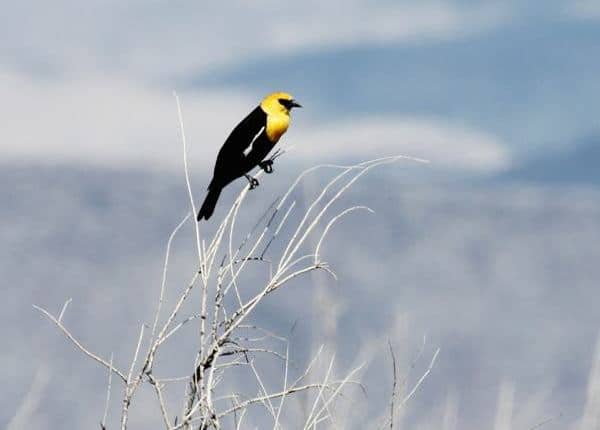
Five more minutes to Brigham City, and then due west to the refuge. It was raining lightly by now. In the first marsh yellow-headed blackbirds gather in the spring, about mid-April. I always stopped there for this odd bird, a strange cross between a crow and a canary. And in April they were vocal! They sounded like small antique car engines trying to start up, hoarse and raspy, not at all like a bird, more like an overgrown insect. Every spring, coming out of the winter doldrums, I stood by the side of the road laughing at them, and at myself, for the foolish, impossible hope I shared with them.
I drove this day straight to the headquarters. slowed down through the gate, and turned left onto the first leg of the gravel road. A mile down I turned off to the right into two tire tracks that led into the heart of the marsh. I stopped about a hundred feet in, where the bulrushes and cattails grew the tallest, and hid the car from view. There, the spring before, in a light rain just like this day, a friend and I watched from the car as a fat, sleek skunk ambled out of the bushes, nosed around a bit at some feathers in the tire tracks, then waddled back to where he’d come from. Now, for the moment, the rain had become a mist, the sky a touch brighter.
I stepped out of the car, my boots sinking into the wet ground, and walked west along the tire tracks toward a canal I always visited. Often I would lie at the edge of the slow-moving water. hidden by the reeds, and listen and watch, and half doze off as mallards and grebes drifted by. Only the grebes would guess someone was watching. They were the most suspicious of birds, always glancing side to side for danger or for minor annoyances like me. They would fidget nervously about for a few seconds as they came closer, then dive and be gone, reappearing 30 feet upstream. Occasionally one would dare to swim by, only putting on a little extra speed, his snake-neck straining forward.
This day I sat for half an hour, not taking any care to hide myself, pair after pair of startled ducks squawking and flapping as they crashed through the reeds out of the canal when they came upon me. I felt soothed by the mist on my cheeks, by the soft light and the stillness. I was the only fool out in this gray weather, alone on 64,000 acres—a good day for ducks my mother would have said; I laughed at remembering that phrase.
I rubbed my ankles, sore from sitting cross-legged, got up, and walked a few yards along the water’s edge to a small pool coming off from it, a perfect spot for a heron, but I had never seen one there. There too the reeds shot up to six feet on two sides of a narrow bridge of land leading across an inlet. I kneeled down for a second. I stared into the pool of water for some time, then looked up and ahead of me. There I saw a pair of wings— “hawk” I thought immediately— flapping heavily at eye level about 50 feet away. In the same instant I could tell they were coming toward me. Half-consciously, I shifted my weight downward to remain still.
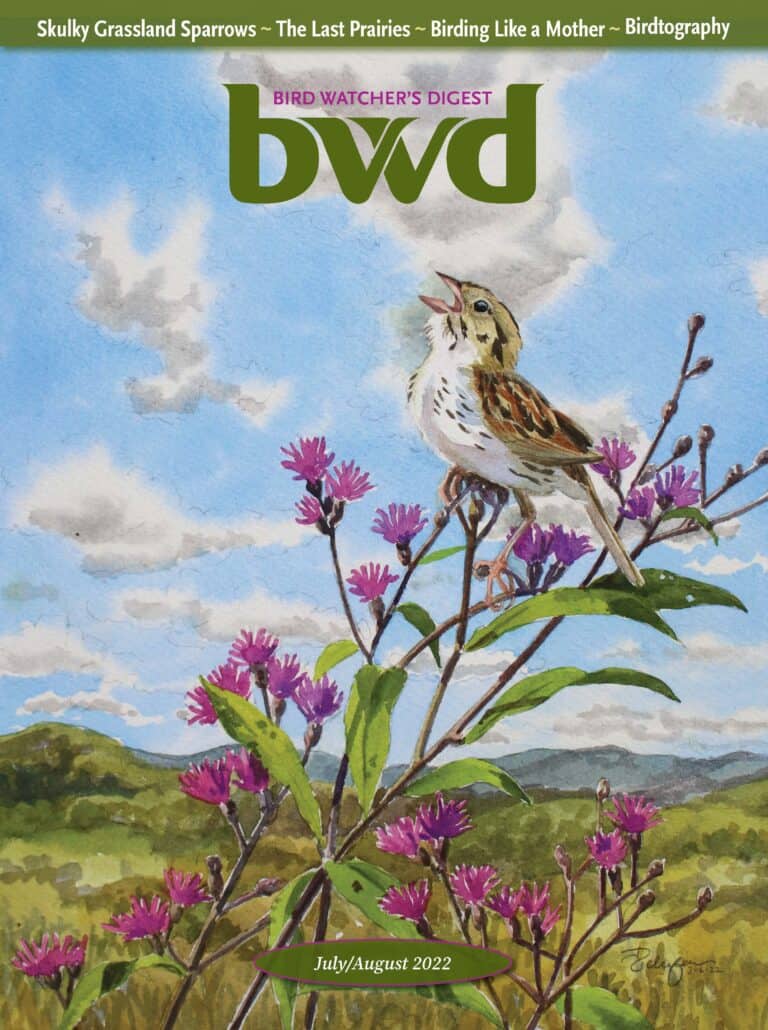
Looking to Subscribe?
Get 6 print issues of the magazine delivered to your door & free digital access
One Year Print Subscription: $26
(to US or Canada, includes digital access)
One Year Digital-only Subscription: $15
In another second I could tell it was not a hawk, but an owl with a three- or four-foot wingspan. For a moment I was stunned at my good fortune, and then the feeling passed and I thought or felt nothing. A few seconds more and he was ten feet away, still at eye level. And then he saw me. His big round face registered a slight tremor, but oddly he kept coming. Five feet away, staring straight into me, where I could imagine he could see my heart at a standstill, he rose effortlessly, still moving ahead. All in one motion, without veering off his course he had arrived at a point three feet above my head, where he hovered silently, looking down at me.
He was so close that he took up most of the sky. He had tawny underwings and tiny black ear tufts. His eyes, golden yellow spheres growing larger like candle flames fanned by a breeze, were both disarming and riveting. An uncanny stare. Several seconds passed, and out of an animal reflex I raised my arm to shield my face. He swung around then and left, flying off as slowly as he had come. When he was out of sight I dropped back into my body.
A year later I left Utah, Ph.D. in hand. When I remember the six years I spent there, it’s the moments that came to me by some happy accident that I remember most. What I asked for—a certain body of knowledge and a degree to validate it—I got, but I was lucky and got more than that, and another kind of knowledge as well—the great stretches of cattails and water, the wind coming down out of the mountains, the serenity of the immeasurable blue sky, and the silence of owls.
For more information on Bear River Migratory Bird Refuge, see the refuge’s website at fws.gov.

